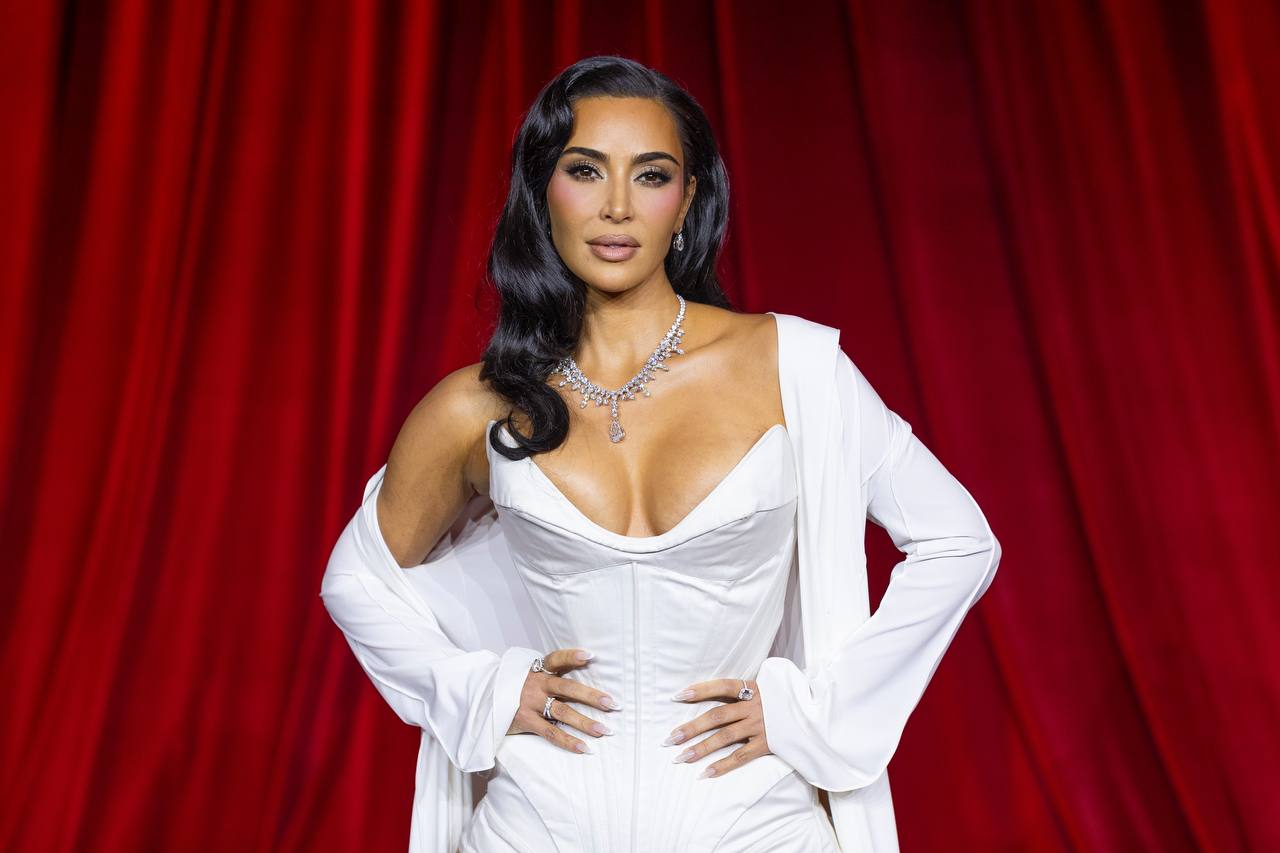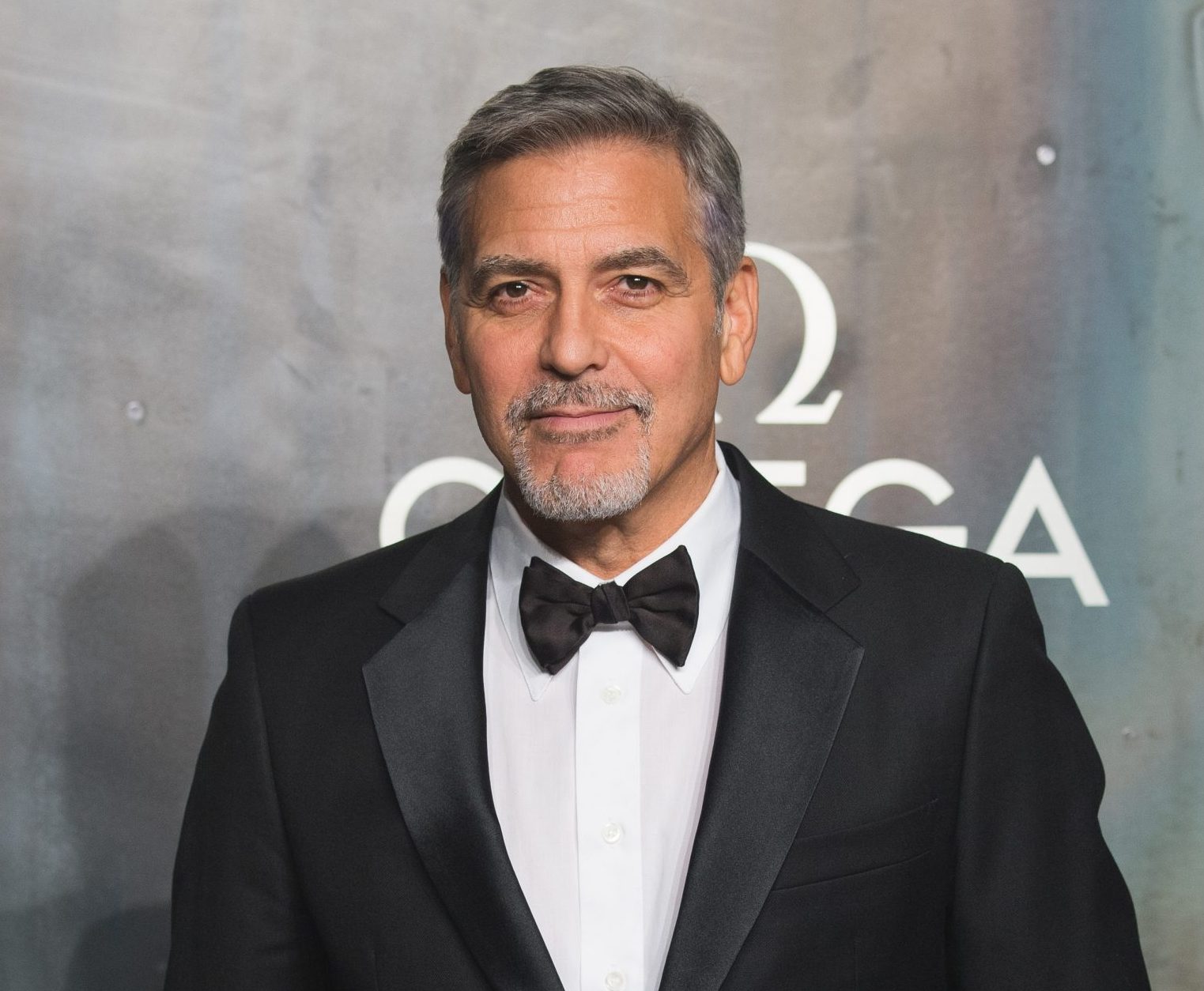“The dollar exchange rate renewed its historical maximum”, “the euro exchange rate fell below 65 rubles for the first time since 2017” – it seems that Moscow Stock Exchange prices have never been followed so closely this year. At the same time, the phrases “strength of the ruble” or “collapse of the exchange rate” do not tell many, although everyone knows that prices are directly tied to the same rates. It seems it’s time to understand what’s going on with the ruble, the dollar and the euro and their alternate rises and falls. This was discussed with Natalya Smirnova, a financial adviser (more than 20 years of experience), a member of the unified register of investment advisers of the Central Bank of Russia and a person who knows exactly what and how to do with money.

Natalya Smirnova
In simple terms, what does the exchange rate of the dollar and the euro depend on? What affects them?
First of all, there is no dollar or euro exchange rate. There is a dollar to a ruble or a euro to a dollar, as the exchange rate is always calculated against another currency.
If we are talking about the exchange rate of the dollar against the ruble and the euro against the ruble, then in general it is determined by the following factors:
• Stability of the Russian economy and the US and EU economies.
If there is an economic recession in Russia and the US economy is booming, then the dollar will strengthen against the ruble (in the absence of government restrictions).
• Monetary policy of the country: if the rate drops (loans are cheaper, deposits become less profitable), people begin to spend more, save less in this currency, banks buy foreign currency, the ruble becomes cheaper (in the absence of sanctions and restrictions).
• Balance of trade (exports and imports): if exports outweigh imports, the national currency appreciates (unlimited).
• Currency restrictions, foreign investors, sanctions and the list goes on.
It is the restrictions that hold the ruble currently and lead to its strengthening – without them it would have fallen long ago, as in the early days of the special operation.
In particular, our imports almost died (several countries stopped working with Russia, stopped supplying goods, services and providing logistics services), that is, the demand for foreign currency payments by Russian importers for imported goods was greatly reduced. . At the same time, exports remain at the same levels, moreover, due to the conflict between Russia and Ukraine, the prices of oil, gas and other raw materials have increased, that is, the income of exporters increases, but they have to convert them. 80% entered the ruble, and the demand for it increased significantly compared to the time before special operations.

Non-residents, ie foreigners, cannot withdraw from Russian assets, otherwise they would sell everything and convert it into their own currency.
Restrictions have been imposed on the withdrawal of cash, it is possible to transfer funds to your account outside of Russia, but not more than 10 thousand dollars per month. Foreign investments have limitations: not everything is available to Russians due to the sanctions or restrictions of Russia.
Also, while reserves were replenished (in foreign currency) when oil was above a certain price, the Central Bank will no longer buy dollars and euros to avoid new sanctions on reserves. That is, the domestic demand for foreign currency fell and increased for the ruble, at least from exporters. Hence, surrealism when everything is bad and the ruble is growing.
What does it mean when they say “the ruble is getting stronger”?
The price of the ruble rises against the dollar, euro and other currencies.
Is it possible to artificially strengthen the ruble?
What exactly is working now – the current exchange rate of the ruble against foreign currencies is determined by the imposed restrictions, without them the ruble would be weaker.
Why do prices rise when the ruble weakens and not fall when it strengthens?
Prices depend not only on the exchange rate of the ruble against the euro or the dollar, but also on the availability of imported raw materials, spare parts, goods and services. How can car prices go down if they’re no longer on the market and there’s a shortage?
On the contrary, when something is scarce, its price goes up. And now there are problems with the supply of almost everything.
With the increase in the exchange rate, there is an additional reason for the increase in prices: the cost of purchases in rubles. If the exchange rate stabilizes and supply problems and uncertainty do not disappear, then no one will lower prices: they have a reserve for supply disruptions and other potential problems and constraints.
What is the “floating” rate?
There is a variable rate (it depends on the market, supply and demand) and there is a fixed rate (tightly regulated). We do not have a fixed exchange rate, but the problem is that there is a really low demand for foreign currency in the Russian market due to many restrictions, which leads to an expensive ruble. This is a market rate determined by supply and demand under severe restrictions, not by a regulator’s directive.
Source: People Talk





